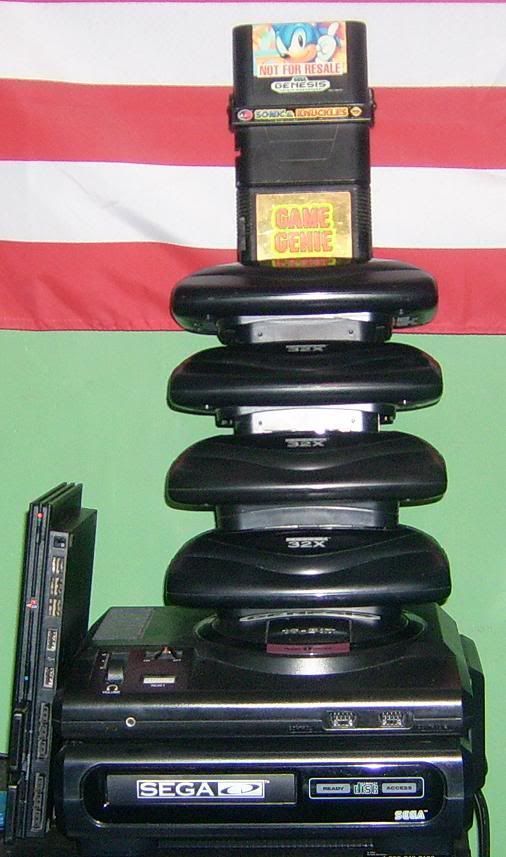A PC spec's like a XB1 is as cheap as the XB1. Ease of use is subjective. Most PC's are buy off the shelf plug and play.
The parallels you're drawing between potential Xbox models and the PC are flawed imo. PC's these days are a lot simpler than they used to be, thanks to services like Steam and the like... but the experience is still not nearly as simple as a console, and that's not simply because the console's have a single specification. My PC has a rather old Haswell i5, 8gb RAM @ 1600mhz, and a 970 GTX. What settings do I choose to ensure Rise of the Tomb Raider runs satisfactorily throughout the entirety of the game? I have no fucking clue. So I spend the opening moments of the game establishing a comfortable high-end... which I'm basically guaranteed to have to adjust the moment I get to one of the two notorious open areas that seem to wipe roughly half the fps off everyone that encounters them. There's no graphical profile that's tailored to provide my PC with the optimal experience, balancing the graphics and performance in the way that the Xbox One version is. This wouldn't be the case with a potential XB1.5 or whatever, as the developers will know exactly what this alternate spec is, due to it not being something I've thrown together over time, unique to all the other thousands of hardware combinations PC users may potentially have. So if I owned this upgraded Xbox, my experience would still be entirely "plug and play" rather than the "plug, faff about a bit, and play" that much of PC gaming is.. at the very most I would imagine that you could potentially select the original XB1's graphics profile and see increased performance... but you wouldn't be adjusting a whole host of individual graphical settings, many of which the user may not have any idea of what they actually do, or the cost of having them enabled.
I also disagree with any comparisons to hardware like Sega CD, 32X etc, for the simple reason that these devices were essentially entirely new platforms built on top of the existing one. They had their own (sparse) software libraries... and if you released a game like Virtua Fighter for one of them, then it couldn't be sold to anyone other than small subset of people that owned the new hardware. This wouldn't be the case for various Xbox models, where you'd only be cutting off potential users in the event that the game you create is such a step up that it can't feasibly perform on the older model. Much like with PC gaming however, this scenario isn't likely to occur until you're talking about the latest hardware being contrasted with a model numerous years older. So assuming that Sony were to continue releasing consoles on a regular console lifecycle, it would probably be in an Xbox owners best interest to buy their upgraded hardware aligned with the year the console generation would usually transition (along with whatever mid-gen upgrades they feel like going with also). This would be similar to how many PC gamers will buy new hardware around the time of new console launches, as that's when the new baseline for gaming features will be set. Or to make a mobile comparison, it could be similar to something like the iPhone where some people buy on a "generation" cycle of iPhone 4 > iPhone 5 > iPhone 6, whilst others buy on a cycle of the incremental upgrades like iPhone 4S > iPhone 5S > iPhone 6S etc. It's not really confusing to the average customer, doesn't cause the PC situation of the user dealing with a million different configuration options, and software simply cuts off users with a phone too old to be considered part of the current phone landscape (with some cutting edge software requiring the absolute latest phone to provide a "generation leap" of graphical output).
Sounds terrible to be honest since users won't all get the same experience. It's like a 32X or N64 Expansion Pak situation on steroids. It can work for phones and tablets, but not for a console IMO.
N64 Expansion Pak comparison makes sense (except it'd likely be a benefit to
most games rather than a handful of games designed specifically to support it, as a result of PCs making varying specs something each game is designed to handle). 32X comparison doesn't make sense.


